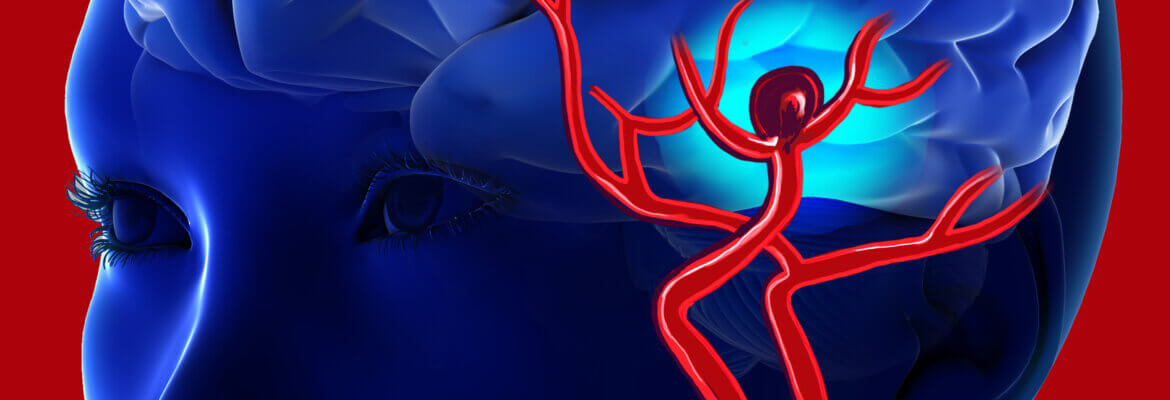
Previous articles, I shared the prevention of stroke, the first aid of ischemic and hemorrhagic stroke, and this time I would like to talk to you about stroke rehabilitation treatment. In addition, it is also important to find out the cause of the stroke in details and prescribe the right medicine to avoid another stroke in the future.
Rehabilitation of brain function
In general, the first three days after a stroke are a turning point for a patient to improve, and the first three weeks are a critical period to determine whether the patient will continue to survive. As for the first three to six months after stroke, it is the golden period of patient recovery, which determines whether they would be permanently disabled. Complications of stroke, particularly cerebral edema and increased intracranial pressure, usually subside within three to four weeks after stroke, and if patients survive this time, the risk of losing their lives decreased. But although they can survive, the stroke patients can become normal resume daily life, or a stroke survivor with mild disability or serious disability, or in vegetative mode who is bed resting for rest of their lives, the outcome depends on the degree of permanent damage caused by the stroke and its complications to the patient’s brain! Whether it is an ischemic stroke or a hemorrhagic stroke, the neurosurgeon will treat complications derived from stroke through first aid, medication or surgery, minimize the permanent damage caused to the brain, let the injured brain have basic functions to maintain life, given the opportunity to slowly recover, so when the nerve function has the opportunity to recover in the first three to six months, the patients need to cooperate with traditional acupuncture, physical therapy. Rehabilitation courses such as speech therapy and occupational therapy. In other words, if the patient’s brain damage is severe, and it has reached the stage of severe disability, then all of the above traditional treatments are in vain.
In recent years, there have been many scientific and technological advances in medicine, and doctors can use some specialized drugs and physical methods, such as magnetic fields (Transcranial Magnetic Stimulation, TMS) or direct current (transcranial direct current stimulation transcranial direct current stimulation, tDCS) to help damaged brain nerves repair, the effect is very significant.
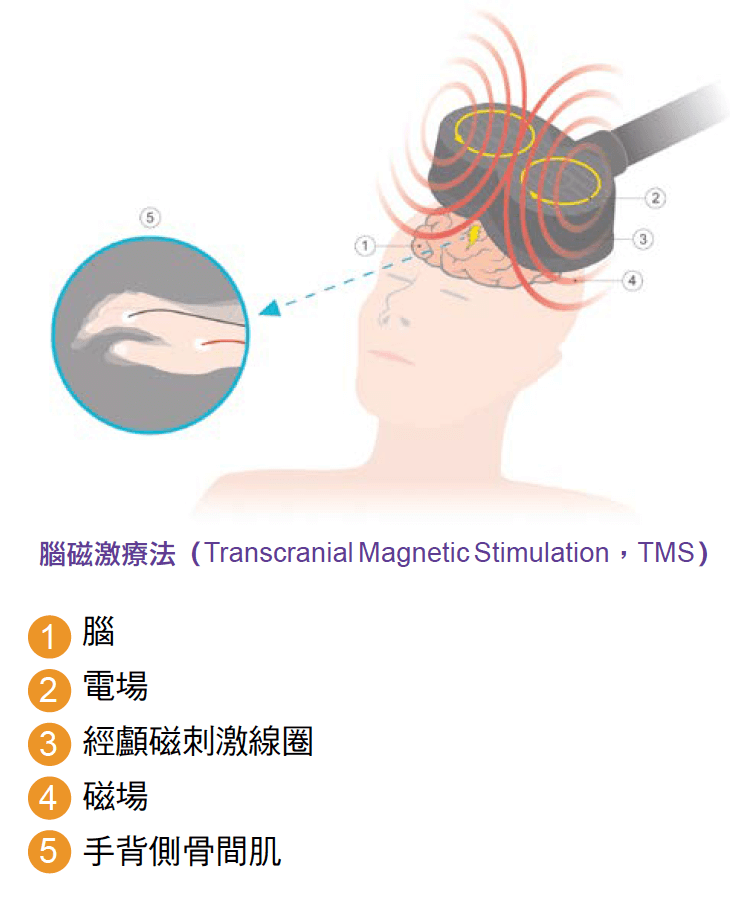
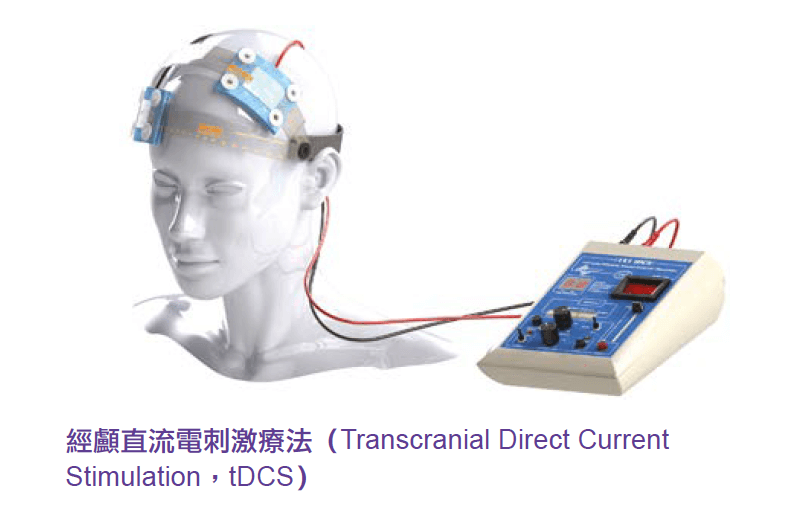
Case sharing
The following stroke recovery story can give us an idea how importance is the timing of the rehabilitation:
Case 1
Three years ago, a 46-year-old Ms Leung, has headaches for three or four weeks, consulted his family doctor when arrived at the emergency room, the symptoms disappeared after taking the medication. Later, the brain CT scan report from the public hospital no abnormal finding. so the patient and her family thought that everything was fine. Two weeks later, suddenly felt a severe headache at home and quickly fell unconscious. After emergency treatment in a public hospital, CT scans and cerebral angiography showed that Ms. Leung’s cerebellum had suffered a severe hemorrhagic stroke due to the rupture of a cerebrovascular aneurysm, and that a blood clot in the cerebellum pressed against the brainstem, resulting in hydrocephalus and high intracranial pressure and dilated pupils. A neurosurgeons need to clip the blasted cerebrovascular aneurysm, remove blood clots from the cerebellum, and drain the ventricles through emergency craniotomy to reduce the pressure on the compressed brainstem and intracranial pressure.
After more than three months of intensive treatment and rehabilitation, Ms. Leung was still in a deep coma despite being able to save her life. The doctor told the family that Ms. Leung was likely to become disabled or commonly known as a vegetative stroke survivor in the future, and suggested that the family transfer her to a nursing home and plan long-term care in a private sector after discharge. During staying at the nursing home, Ms. Leung condition did not improve, but also suffer from complications caused by long-term coma and bed resting. In order to get a better chance of recovery, her family transferred her to a private hospital for further stroke rehabilitation. After six weeks of intensive stroke rehabilitation treatments such as drugs, physical therapy, acupuncture, and DC stimulation (transcranial DIRECT current stimulation), Ms Leung finally woke up and regain her speech, can eat and walk. After being discharged from the hospital, Ms. Leung continue to receive medication, physical therapy and brain TMS treatment, and improved swallowing, hand and foot coordination, and walking ability. Three years on, Ms. Leung has not become the vegetative person, but a stroke survivor with mild to moderate disabilities, and she and her family have moved to the UK to enjoy life.
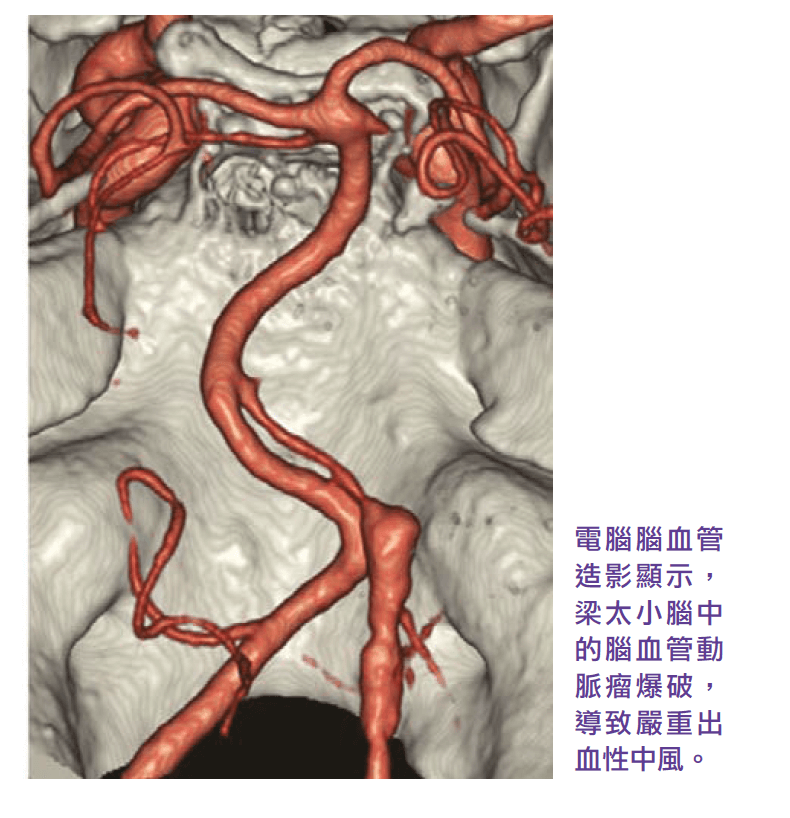
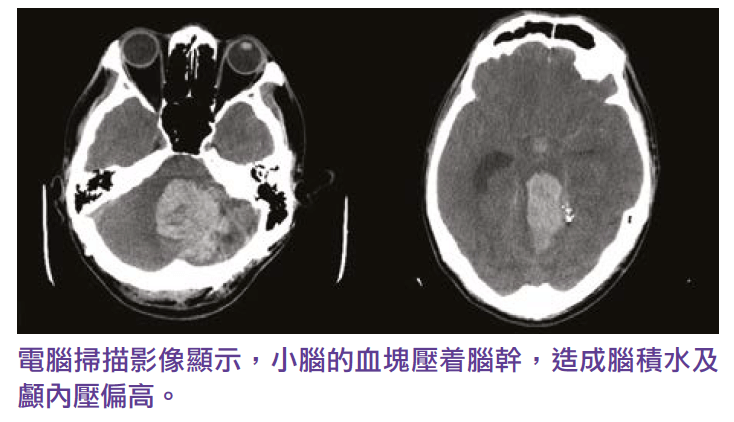
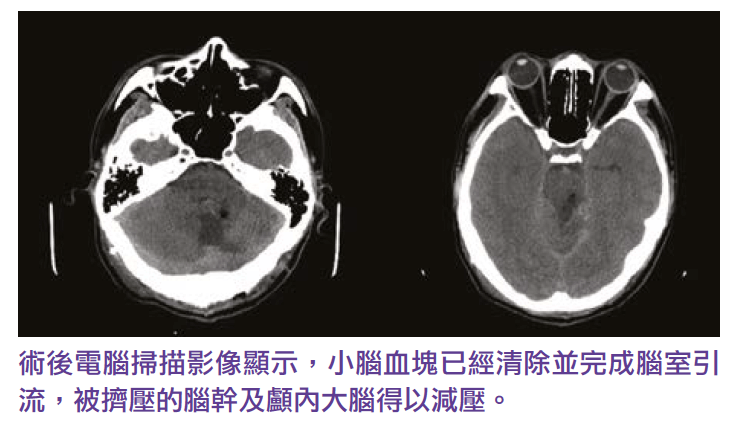
Case 2
Ms. Li, a 69-year-old housewife with history of diabetes, high cholesterol and high blood pressure, has been following up and taking medication in public hospitals. When she woke up one morning two years ago, her children found that she had difficulty speaking and that her right hand and foot were weak, so they urgently called an ambulance to take her to the emergency room. After a CT scan, the doctor’s diagnosis was an ischemic stroke in the left side of the brain. During the two-week of hospitalization, Ms. Li’s daugther found that her mother’s condition not only did not improve, but also deteriorated, gradually becoming unable to speak, and her right hand and foot were gradually unable to move, so they admit their mother to a private hospital for continued care. Detailed brain MRI showed that the blood vessels in Li’s left brain were seriously damage, resulting in a large necrosis of her left brain due to ischemic stroke, so that her speech ability and the strength of her right hand and foot became worse
After three months of hospitalized with stroke rehabilitation, through specialized drugs, physiotherapy, acupuncture, DIRECT current stimulation treatment and brain TMS treatment, Li’s right foot strength was significantly restored, from complete inability to move, to the right foot ability to walk with the assistance of equipment, and the language ability to communicate and talk fluently with her children. After being discharged from the hospital, Ms. Li continued to receive medication, brain TMS therapy and physical therapy, and her walking ability and language skills continued to improve. The main reason for Li’s cerebral vascular stroke is caused by poor control of high cholesterol. She needs to take high-dose cholesterol drugs and platelet drugs for a long time to prevent cerebral blood vessels from degenerate and prevent another stroke. Today Ms. Li is only moderately disabled, able to use cane to walk on her own, and can continue to live at home under the care of a domestic helper.
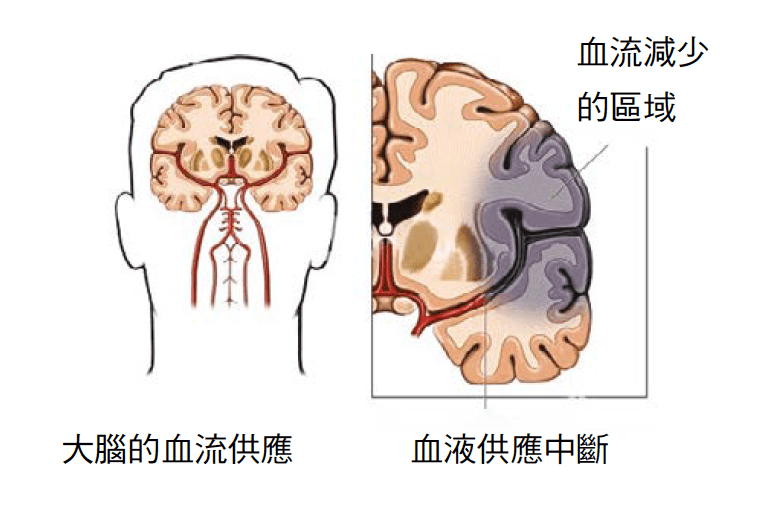

Through medication, TMS or direct current therapy, the purpose is to stimulate injured brain cells, to promote the regeneration of nerve cell function, so that the original loss of nerve function of stroke patients can be restored.
Photos provided by Dr. Peter Pang
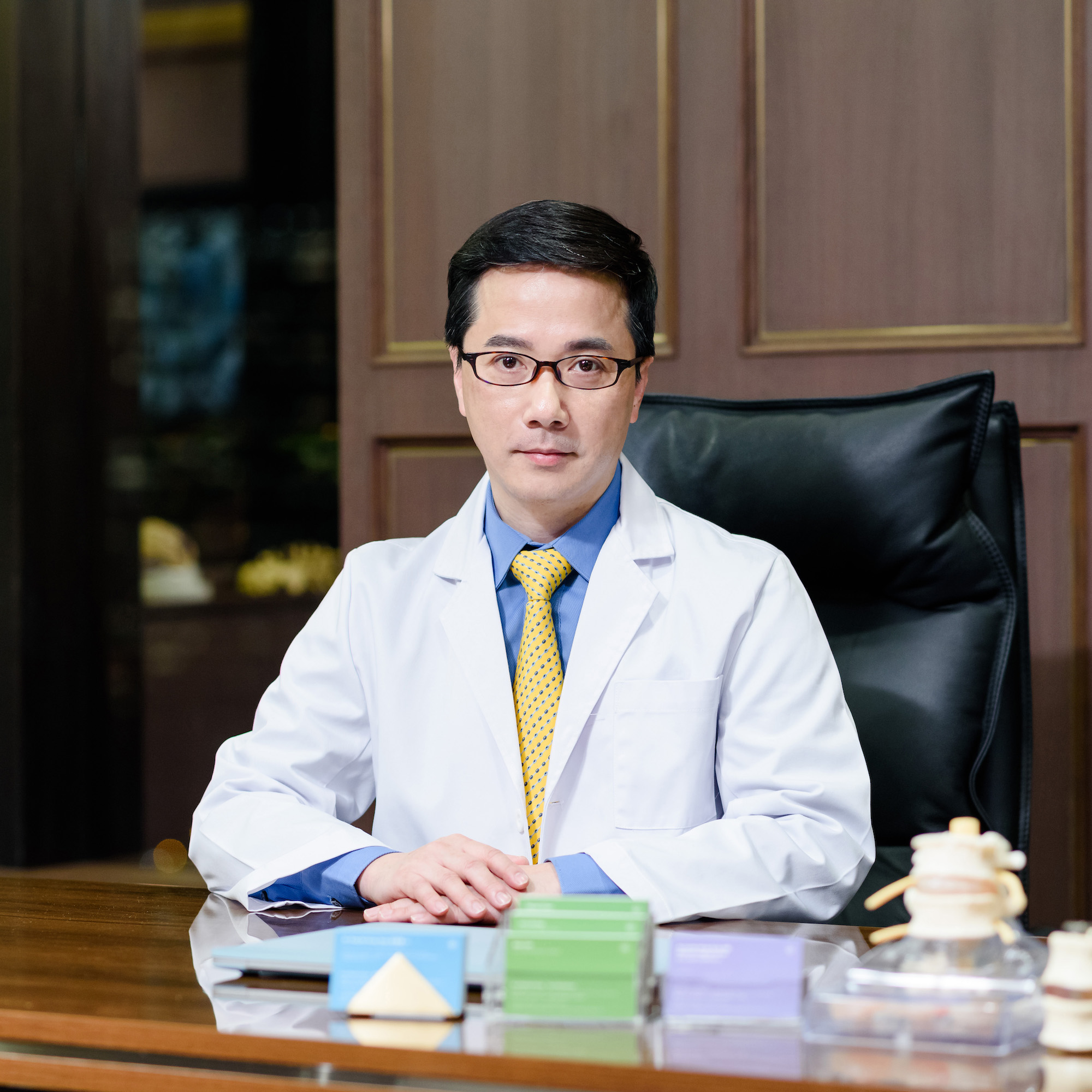
 Book an Appointment
Book an Appointment


